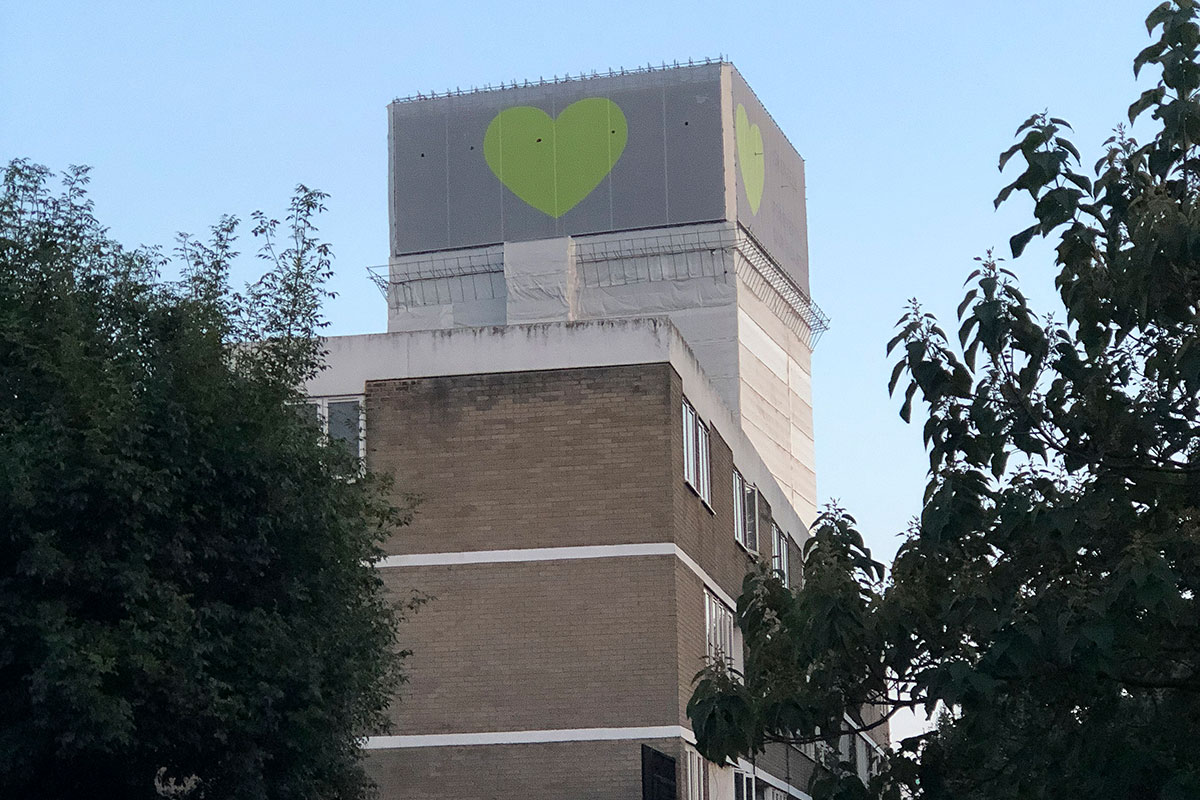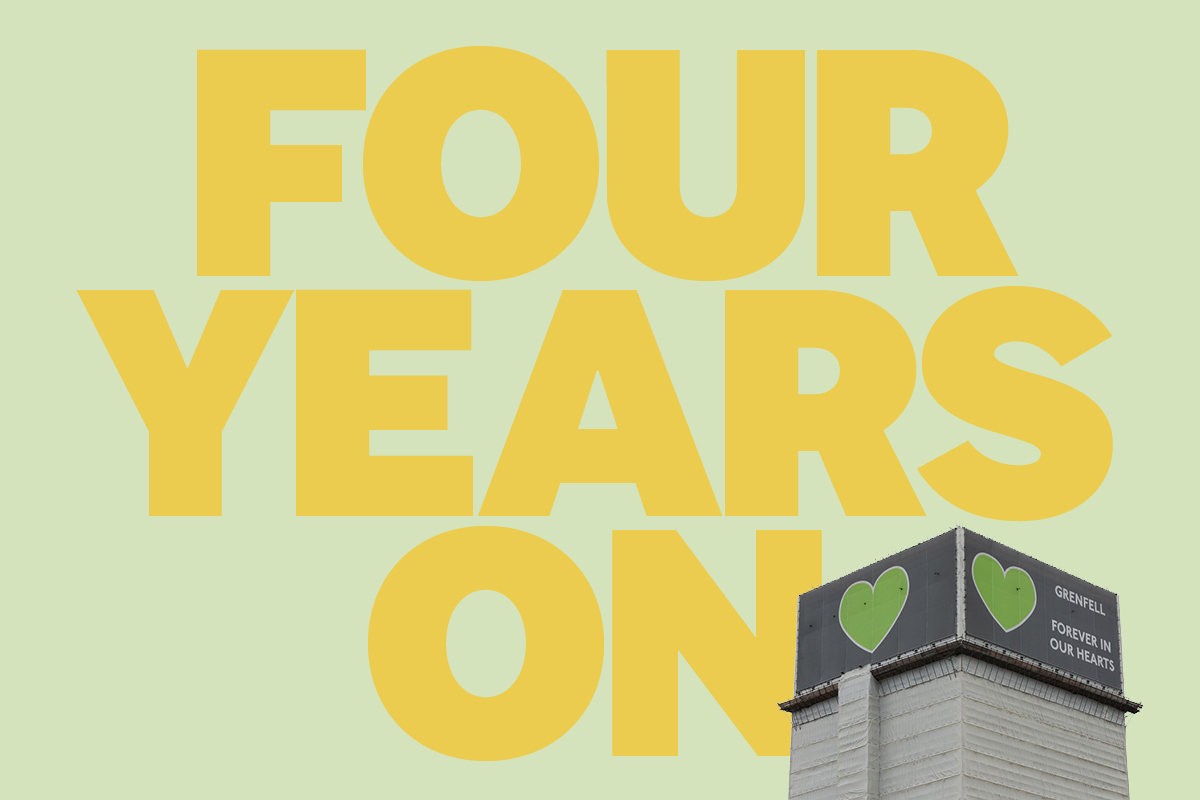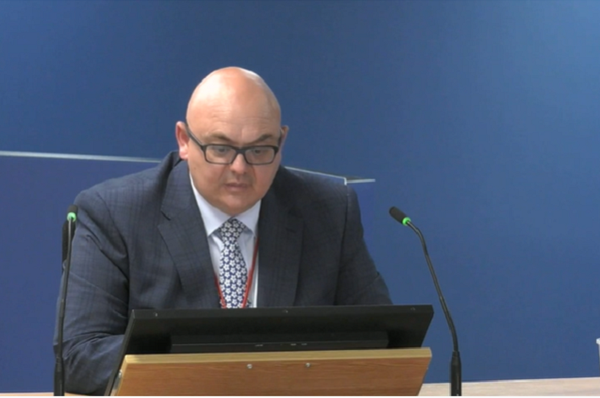You are viewing 1 of your 1 free articles
A failure of imagination stops us understanding risk in the construction sector
The disaster in Miami and the fire at Grenfell Tower show the peril of failing to imagine that just because a disaster has not happened yet, it never can, writes Sam Webb
Financial and political models and those who control and often give their names to the models, love certainty. Like Thomas Gradgrind in Hard Times, they rely on facts.
That’s what their job ensures they do. So any risk analysis is seen as speculation and those who warn are seen as pessimists who rely on speculation.
No one, least of all those in authority, likes a pessimist in their ranks. Such people, if believed, can upset the proverbial apple cart and destroy carefully written and agreed corporate plans. Because it hasn’t happened, it is assumed in corporate ranks that it won’t.
Then every so often something happens that is so out of the ordinary, the whole world is forced to take stock and reassess how they approach risk.
Two recent examples in building are the Grenfell Tower fire on 14 June 2017 and the catastrophic collapse on 24 June 2021 of the seaward-facing wing of the 12-storey Champlain Towers in Surfside in Miami, Florida, which could have a possible death toll twice that of Grenfell. Both were built among some of the richest real estate in the world.
Why do such events come as such a shock? Do we need a new approach to risks and how to approach them? Are there historical examples we can learn from?
Good imagination is imperative when any architect sets out to design a building. Imagination is equally essential to any civil, structural or service engineer.
They all need to step back occasionally, consider what they have designed and ask themselves the key question: “what if?” Or to put it in the words of Pablo Picasso: “Everything you can imagine is real.” Put more directly, we need to learn from our mistakes. This concept is not new.
In his inaugural address as president of the Institution of Civil Engineers in 1855, Robert Stephenson said: “Nothing was so instructive to the younger members of the profession, as records of accidents in large works and the means employed in repairing the damage.
“A faithful account of those accidents, and the means by which the consequences were met were really more valuable than a description of the most successful works.
“The older engineers received their most useful stores of experience, from the observations of those casualties which had occurred to their own and to other works, and it was most important that they should be faithfully recorded in the archives of the Institution.”
Even in the most hierarchical organisation where everything appears to be checked and counter checked, a fatal flaw can often lurk. An example is the launch of the Challenger Space Shuttle on 28 January 1985. NASA had known of the fatal weakness of the rubber O-rings in sub-zero temperatures long before the launch in that year.
They had known since 1977. NASA chose to ignore the weaknesses, which then had catastrophic consequences for the seven-strong crew. The people in control, who were not in the shuttle, treated it as an acceptable flight risk.
“Good imagination is imperative when any architect sets out to design a building. Imagination is equally essential to any civil, structural or service engineer”
The rubber O-rings hardened and lost their elasticity in very cold temperatures, this allowed fuel to leak under pressure and explode.
During the inquiry, physicist Richard Feynman carried out a simple experiment with a glass of iced water and some O-ring material. What the Nobel Prize winner demonstrated live on TV in front of the inquiry in a way anyone could follow was an example of Murphy’s Law: if it can go wrong, it will go wrong. All it needs is time.
In his report on the disaster, Mr Feynman ended with the words “nature cannot be fooled”.
We need to be teaching everyone from children to top management, including politicians, that imagination is not something to be despised but something that everyone needs particularly when it comes to designing and looking after buildings.
As Albert Einstein said: “Imagination is more important than knowledge. For knowledge is limited, whereas imagination embraces the entire world, stimulating progress, giving birth to evolution.”
Sam Webb, architect; and safety campaigner, Tower Blocks UK












